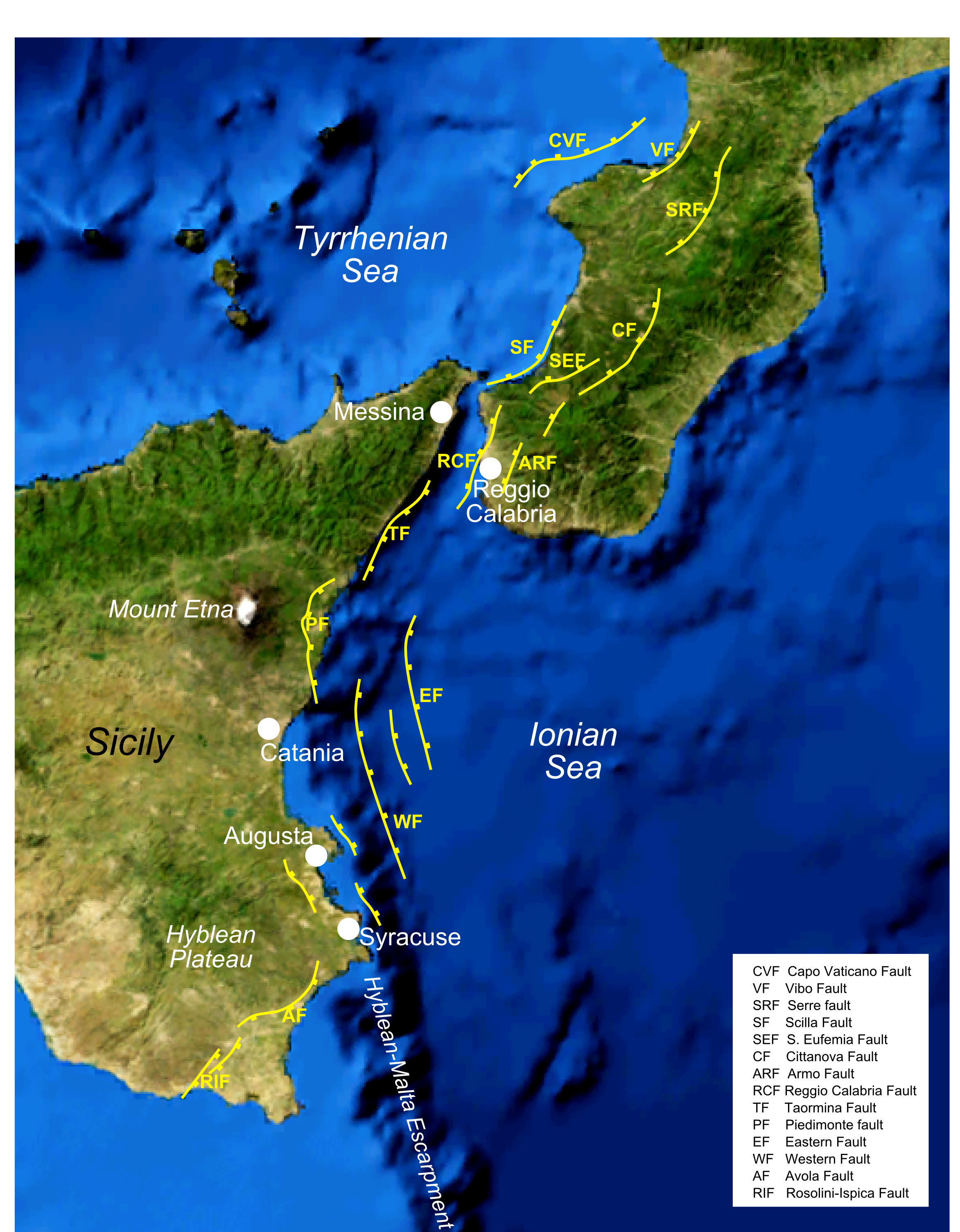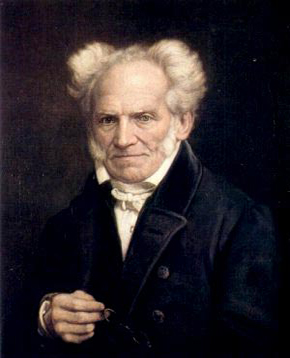|
Francesco Battaglia (architect)
Francesco Battaglia (1701 – 1788) was an Italian architect, active in Catania, Sicily in a Baroque style. He was employed extensively during the flurry of reconstruction after the 1693 Sicily earthquake which nearly flattened his native city. He helped design the church and monastery of San Nicola l'Arena and the Palazzo Biscari. He was helped later in his career by his son Antonino and his son-in-law Stefano Ittar Stefano Ittar (March 15, 1724 – January 18, 1790) was a Polish-Italian architect. Biography Ittar was born in Owrucz (then in the Polish–Lithuanian Commonwealth, now in Ukraine), where his father, a member of one of Italy's aristocratic f .... References {{DEFAULTSORT:Battaglia Francesco[...More Info...] [...Related Items...] OR: [Wikipedia] [Google] [Baidu] |
Catania
Catania (, , , Sicilian and ) is the second-largest municipality on Sicily, after Palermo, both by area and by population. Despite being the second city of the island, Catania is the center of the most densely populated Sicilian conurbation, which is among the largest in Italy. It has important road and rail transport infrastructures, and hosts Catania Airport, the main airport of Sicily (fifth-largest in Italy). The city is located on Sicily's east coast, facing the Ionian Sea at the base of the active volcano Mount Etna. It is the capital of the 58-municipality province known as the Metropolitan City of Catania, which is the seventh-largest metropolitan area in Italy. The population of the city proper is 297,517, while the population of the metropolitan city is 1,068,563. Catania was founded in the 8th century BC by Chalcidian Greeks in Magna Graecia. The city has weathered multiple geologic catastrophes: it was almost completely destroyed by a catastrophic earthquake in 1169 ... [...More Info...] [...Related Items...] OR: [Wikipedia] [Google] [Baidu] |
Baroque Architecture
Baroque architecture is a highly decorative and theatrical style which appeared in Italy in the late 16th century and gradually spread across Europe. It was originally introduced by the Catholic Church, particularly by the Jesuits, as a means to combat the Reformation and the Protestantism, Protestant church with a new architecture that inspired surprise and awe. It reached its peak in the High Baroque (1625–1675), when it was used in churches and palaces in Italy, Spain, Portugal, France, Bavaria and Austria. In the Late Baroque period (1675–1750), it reached as far as Russia, the Ottoman Baroque architecture, Ottoman Empire and the Spanish colonization of the Americas, Spanish and Portuguese colonization of the Americas, Portuguese colonies in Latin America. In about 1730, an even more elaborately decorative variant called Rococo appeared and flourished in Central Europe. Baroque architects took the basic elements of Renaissance architecture, including domes and colonnades, ... [...More Info...] [...Related Items...] OR: [Wikipedia] [Google] [Baidu] |
1693 Sicily Earthquake
The 1693 Sicily earthquake was a natural disaster that struck parts of southern Italy near Sicily, then a territory part of the Crown of Aragon by the Kings of Spain Calabria and Malta, on 11 January at around 21:00 local time. This earthquake was preceded by a damaging foreshock on 9 January. The main quake had an estimated magnitude of 7.4 on the moment magnitude scale, the most powerful in recorded Italian history, and a maximum intensity of XI (''Extreme'') on the Mercalli intensity scale, destroying at least 70 towns and cities, seriously affecting an area of and causing the death of about 60,000 people. The earthquake was followed by a number of tsunamis that devastated the coastal villages on the Ionian Sea and in the Straits of Messina. Almost two-thirds of the entire population of Catania were killed. The Epicenter, epicentre of the disaster was probably close to the coast, possibly offshore, although the exact position remains unknown. The extent and level of destruction ... [...More Info...] [...Related Items...] OR: [Wikipedia] [Google] [Baidu] |
Palazzo Biscari
The Palazzo Paternò Castello di Biscari is a monumental private palace, still owned by a branch of the House of Paternò, located on Via Museo Biscari in Catania, Sicily, southern Italy. The highly decorative interiors are open for guided tours, and used for social and cultural events. History and description After the devastations of the 1693 Sicily earthquake, the Prince of Biscari, Ignazio Paternò Castello, 3rd Prince of Biscari, obtained the permission to build this palace. At the time the building stood against the French king Charles V's walls of the town. After Ignazio's death in 1699, his son Vincenzo (1685-1749) and later his nephew Ignazio Paternò Castello (1714-1786), the fifth Prince of Biscari extended and completed the decoration. This latter prince complimented the work with a museum space to display his large collection of mainly archeologic and numismatic collections, now on display in the Museo Civico Castello Ursino. [...More Info...] [...Related Items...] OR: [Wikipedia] [Google] [Baidu] |
Antonino Battaglia
Antonino may refer to: * Antonino (name), a given name and a surname (including a list of people with the name) * Antonino, Kansas, an unincorporated community in Ellis County, Kansas, United States See also * Antoniano (other) * Antoñito (other) * San Antonino (other) San Antonino may refer to any of three towns and municipalities in Oaxaca, Mexico: * San Antonino Castillo Velasco * San Antonino El Alto * San Antonino Monte Verde {{Geodis ... * Sant'Antonino (other) {{disambiguation ... [...More Info...] [...Related Items...] OR: [Wikipedia] [Google] [Baidu] |
Stefano Ittar
Stefano Ittar (March 15, 1724 – January 18, 1790) was a Polish-Italian architect. Biography Ittar was born in Owrucz (then in the Polish–Lithuanian Commonwealth, now in Ukraine), where his father, a member of one of Italy's aristocratic families the Guidone de Hittar, had fled following a disagreement with the Grand Duke of Tuscany. While Ittar was still young his family moved to Rome, where under the patronage of Cardinal Alessandro Albani Ittar later studied architecture at this time influenced in Rome by the concepts of Francesco Borromini. After a brief period in Spain Ittar settled in Catania in 1765. Catania had largely recovered from the damage caused by the earthquake of 1693, largely due to the efforts of the city architect Giovanni Battista Vaccarini, who had rebuilt vast tracts of the city in Baroque style, such as the area around the Cathedral. It was at this time Ittar met Don Ignazio Paternò, Prince of Biscari, who at this time was reconstructing the m ... [...More Info...] [...Related Items...] OR: [Wikipedia] [Google] [Baidu] |
1701 Births
In the Swedish calendar it was a common year starting on Tuesday, one day ahead of the Julian and ten days behind the Gregorian calendar. Events January–June * march 8th – Parts of the Netherlands adopt the Gregorian calendar. * January 18 – The electorate of Brandenburg-Prussia becomes the Kingdom of Prussia, as Elector Frederick III is proclaimed King Frederick I. Prussia remains part of the Holy Roman Empire. It consists of Brandenburg, Pomerania and East Prussia. Berlin is the capital. * January 28 – Battle of Dartsedo: The Chinese storm the Tibetan border town of Dartsedo. * February 17 (February 6, 1700 O.S.) – The 5th Parliament of William III in England assembles. Future British Prime Minister Robert Walpole enters the House of Commons for the first time and soon makes his name as a spokesman for Whig policy. * April 20th – Mecklenburg-Strelitz is created as a north German duchy. * June 9 – Safavid troops retrea ... [...More Info...] [...Related Items...] OR: [Wikipedia] [Google] [Baidu] |
1788 Deaths
Events January–March * January 1 – The first edition of ''The Times'', previously ''The Daily Universal Register'', is published in London. * January 2 – Georgia ratifies the United States Constitution, and becomes the fourth U.S. state under the new government. * January 9 – Connecticut ratifies the United States Constitution, and becomes the fifth U.S. state. * January 18 – The leading ship (armed tender HMS ''Supply'') in Captain Arthur Phillip's First Fleet arrives at Botany Bay, to colonise Australia. * January 22 – The Congress of the Confederation, effectively a caretaker government until the United States Constitution can be ratified by at least nine of the 13 states, elects Cyrus Griffin as its last president.''Harper's Encyclopaedia of United States History from 458 A. D. to 1909'', ed. by Benson John Lossing and, Woodrow Wilson (Harper & Brothers, 1910) p167 * January 24 – The La Perouse expedition in the ''Astrolabe'' and '' Boussole'' arri ... [...More Info...] [...Related Items...] OR: [Wikipedia] [Google] [Baidu] |
People From Catania
The term "the people" refers to the public or Common people, common mass of people of a polity. As such it is a concept of human rights law, international law as well as constitutional law, particularly used for claims of popular sovereignty. In contrast, a people is any plurality of Person, persons considered as a whole. Used in politics and law, the term "a people" refers to the collective or community of an ethnic group or nation. Concepts Legal Chapter One, Article One of the Charter of the United Nations states that "peoples" have the right to self-determination. Though the mere status as peoples and the right to self-determination, as for example in the case of Declaration on the Rights of Indigenous Peoples, Indigenous peoples (''peoples'', as in all groups of indigenous people, not merely all indigenous persons as in ''indigenous people''), does not automatically provide for independence, independent sovereignty and therefore secession. Indeed, judge Ivor Jennings i ... [...More Info...] [...Related Items...] OR: [Wikipedia] [Google] [Baidu] |





